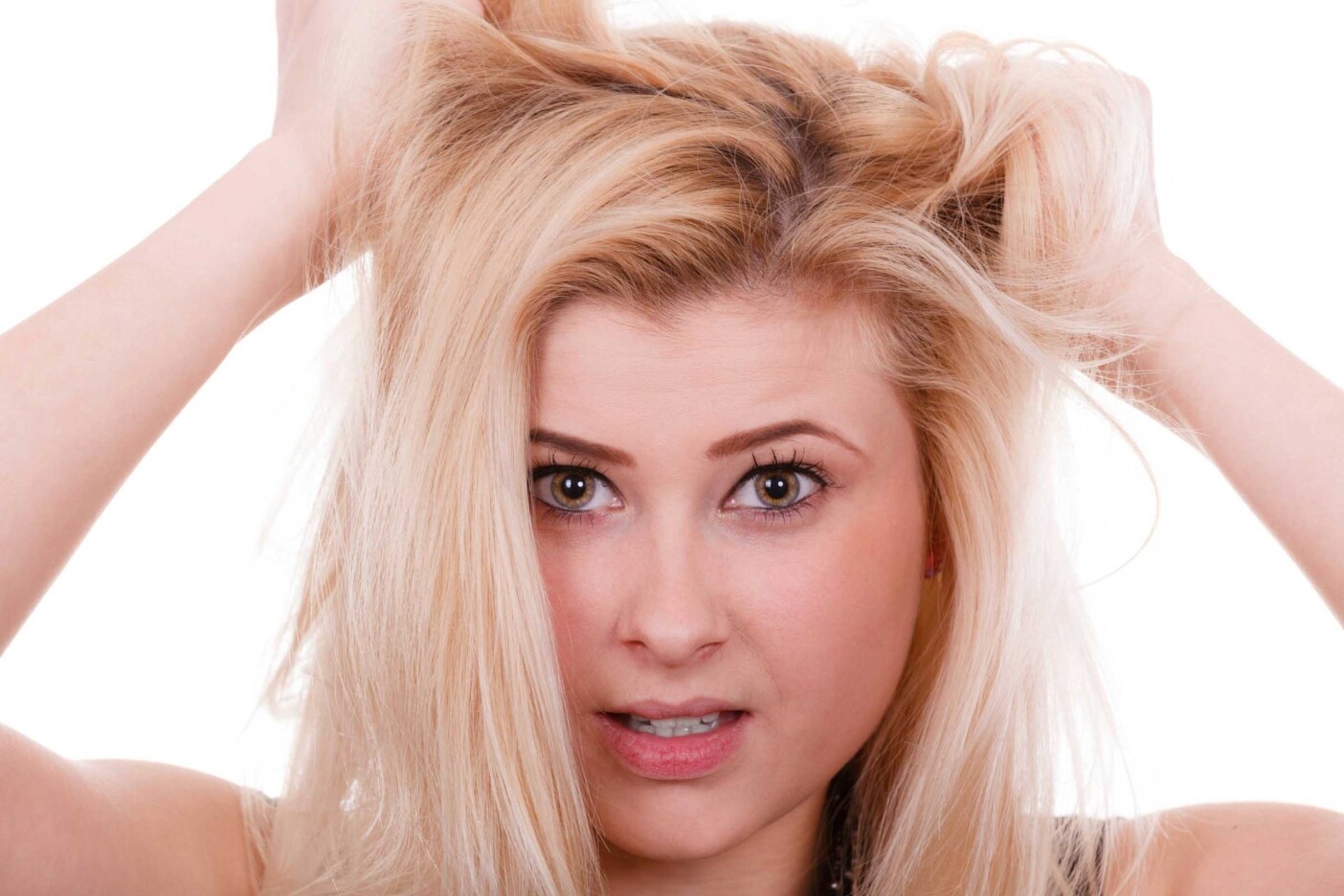Color Correction in Hair Care: Transforming Your Look with Precision
Ever left the salon unhappy with your new hair color or faced a home dye disaster? Color correction can be your ultimate lifesaver. It’s not just about fixing color mishaps; it’s about achieving the hair color you envisioned. Think of it as a reset button for your hair.
What is Color Correction and Why is it Necessary?
Color correction is the process of fixing and adjusting hair color that didn’t turn out as planned. Whether your at-home dye job went south or a trendy new shade didn’t quite hit the mark, here’s why it matters:
- Eliminates unwanted tones like brassiness or overly ashy hues.
- Fixes uneven color or overly dark/light shades.
- Corrects splotchy results or unnatural-looking tones.
Why do people need it? Hair coloring can be unpredictable. Factors like hair condition, type of dye, or your hair’s reaction to color can impact the final result. Color correction ensures your hair looks natural, consistent, and just how you wanted.
Common Hair Coloring Mistakes
Mistakes during hair coloring can quickly turn dreams into nightmares. Here are some common slip-ups and why color correction is essential:
- Choosing the wrong shade: Aiming for blonde but ending up orange? It happens.
- Uneven application: Missed spots lead to a patchy, unfinished look.
- Over-processing: Excessive bleaching or dyeing can damage hair, leaving it brittle.
- Ignoring your base color: Overlooking your natural or existing shade can result in incompatible tones.
These errors highlight the importance of color correction to save your look and confidence.
Before Opting for Color Correction: Key Steps
Before diving into the process, here’s what you need to do:
- Evaluate your hair’s health: Damaged hair won’t hold color well and can worsen with further treatments.
- Set realistic expectations: Drastic changes often require multiple salon visits.
- Consult a professional stylist: They’ll assess your hair, explain the process, and give you a cost estimate.
- Be patient and prepared: This process takes time, so trust the expert and plan accordingly.
Techniques & Tools for Effective Color Correction
Color correction isn’t one-size-fits-all. Professionals use various methods depending on the issue:
- Bleaching/Lightening: Lightens overly dark hair but must be done carefully to avoid damage.
- Toning: Balances brassy or ashy tones for a more natural look.
- Color Filler: Adds pigment to bleached or overly light hair, prepping it for new color.
- Color Remover: Strips unwanted dye but should only be used as a last resort.
Tools of the trade? Think brushes, bowls, protective gloves, and custom color formulations. Every technique and tool works together to achieve flawless results without causing more damage.
At-Home vs. Professional Color Correction
When correcting hair color, you have two options:
-
At Home:
- Pros: Cheaper and convenient.
- Cons: Risk of further mishaps if done incorrectly.
-
Professional Salons:
- Pros: Experts assess your hair, use high-quality products, and achieve precise results.
- Cons: Higher costs, but worth the peace of mind.
Tip: While tempting to try at home, serious color issues are best left to the pros.
Aftercare: Maintaining Your Hair Post-Correction
Color correction doesn’t stop at the salon—it requires proper aftercare to keep your hair healthy and vibrant. Here’s how:
- Wait 72 hours before washing to let the color set.
- Use color-safe shampoo and conditioner to prevent fading.
- Limit heat styling and always use a heat protectant if necessary.
- Apply weekly hair masks to repair and nourish your locks.
- Protect from UV rays: Use products with UV protection or cover your hair outdoors.
Real-Life Success Stories
Sarah went from patchy orange hair to a stunning, even blonde with color correction, while Mike transformed his yellow, damaged strands into sleek platinum. These stories highlight the power of trusting professionals to turn disasters into dream hair.
Final Thoughts & Tips
Color correction is more than fixing bad hair color—it’s about achieving the perfect shade while keeping your hair healthy. Remember:
- Always consult an experienced colorist.
- Be patient—it may take multiple sessions.
- Use quality aftercare products and avoid over-washing.
With the right approach and a skilled stylist, you’ll leave the salon with hair that looks amazing and feels even better!



Thank you for sharing this. It will be a great guide to us, especially since I love coloring hair.